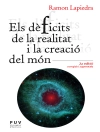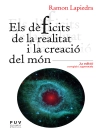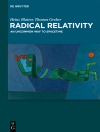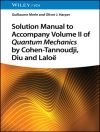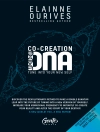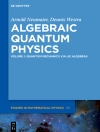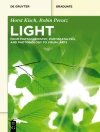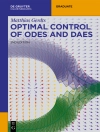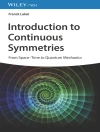This richly illustrated book explores the fascinating and ubiquitous occurrence of spirals and vortices in human culture and in nature. Spiral forms have been used as elements in the arts for thousands of years, whereas their role in nature and science – from DNA and sea shells to galaxies – is still a topic of investigation in numerous fields. Following an introduction to the cultural history of spiral forms, the book presents contributions from leading experts, who describe the origins, mechanisms and dynamics of spirals and vortices in their special fields. As a whole the book provides a valuable source of information, while also taking the reader on an aesthetic and scientific journey through the world of spiral forms.
Tabella dei contenuti
Part One.- Cultural History.- Appearance in Nature.- Arts and Beyond.- Part Two.- Spirals, their Types and Peculiarities.- Acoustic Spirals: Analysis of Bach’s prelude in C major.- Part Three.- Liesegang Rings, Spirals and Helices.- Generation of Spirals in Excitable Media.- Chemical Oscillations and Spiral Waves.- Shedding Light on Chaos – Controlling Surface Reactions.- Part Four.- Spiral Waves of the Chemo-attractant c AMP Organise Multicellular Development in the Social Amoebae Dictyostelium discoideum.- Spiral Waves in the Heart.- Patterns and Humans.- Yet More Spirals.- Part Five.- Reaction-diffusion Patterns and Waves: From Chemical Reactions to Cardiac Arrhythmias.- A Lattice-gas Cellular Automaton Model for Discrete Excitable Media.- Kinematics of Spiral Waves in Excitable Media.
Circa l’autore
Stefan C. Müller is an emeritus professor of physics at the University of Magdeburg, Germany. After obtaining his doctoral degree at the University of Göttingen in 1978, he spent 3 years as postdoctoral researcher in the USA, first at MIT and then at Stanford University in California. He was subsequently a researcher at the Max-Planck-Institute in Dortmund until 1994, when he transferred his research to Magdeburg.
Kinko Tsuji is a physical chemist. She obtained her doctoral degree at the University of Tokyo in 1976. As a researcher she worked at the Weizmann Institute of Science in Israel and at the Max-Planck-Institutes in Munich and in Dortmund. Since 1981 she has worked at the company Shimadzu Europa Gmb H, developing applications of ultra high-speed cameras. Furthermore, she was active in the “Japan Business Council in Europe” in Brussels and served as a chairperson of the planning committee.



